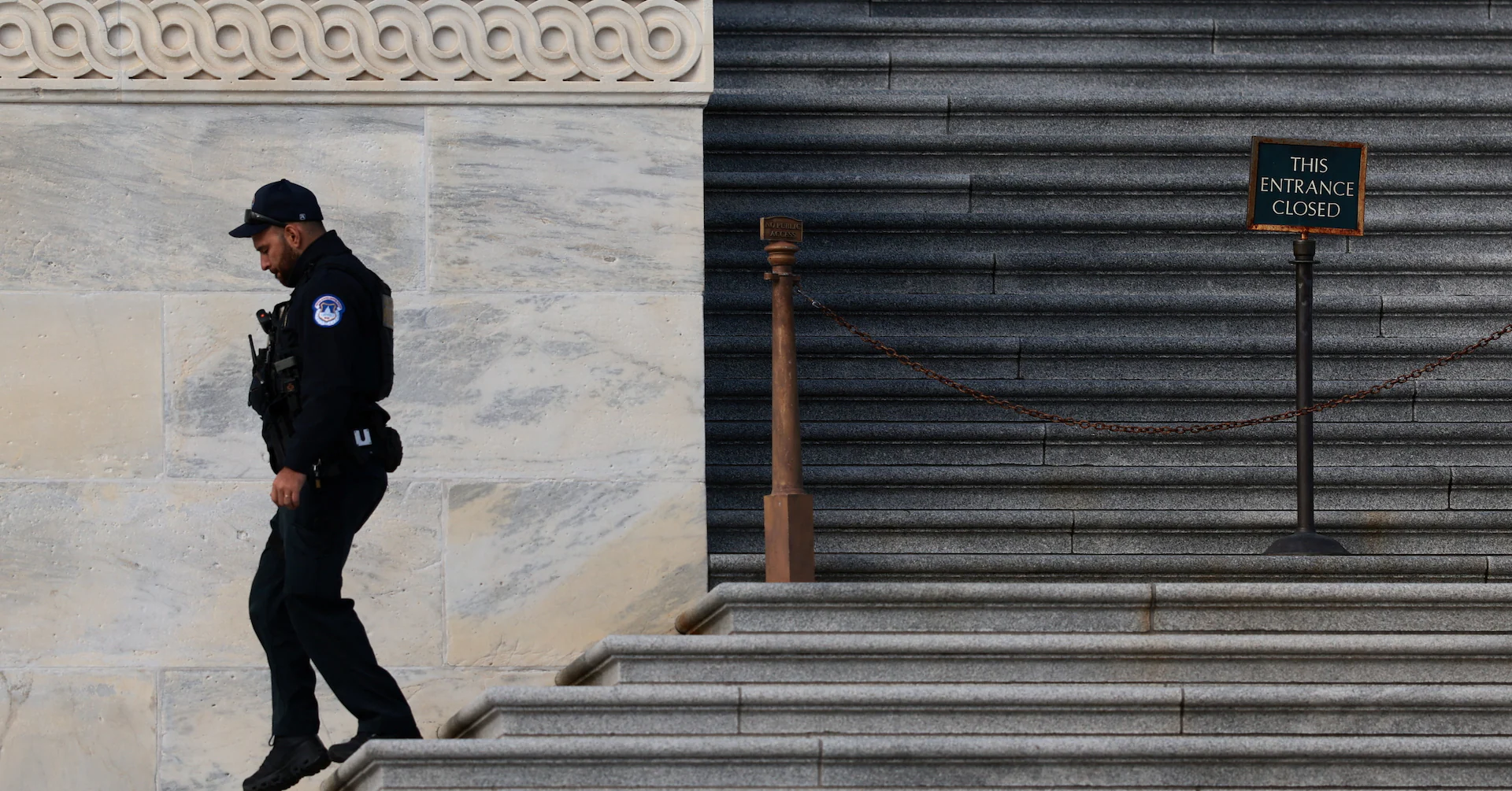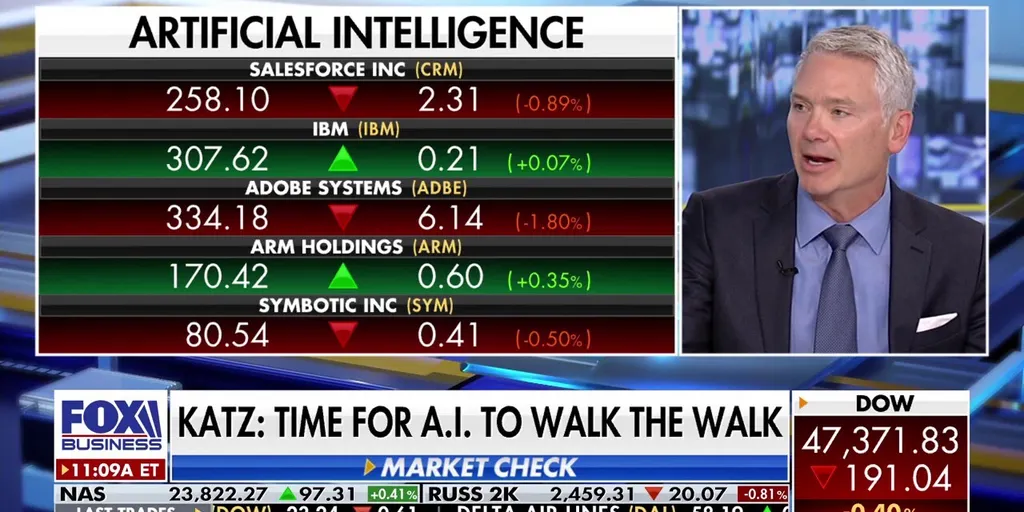Copyright Reuters

ORLANDO, Florida, Nov 12 (Reuters) - The end of the longest-ever U.S. government shutdown is in sight, which means official economic data will soon be forthcoming. But even if investors and the Federal Reserve are breathing a sigh of relief, the signals they should soon get might not be all that reliable. Some of the delayed figures should begin to trickle out quickly. Economists at Morgan Stanley predict the September nonfarm payrolls report will probably be released a few days after the shutdown ends, as the data has already been collected. Sign up here. It will be much longer before the October report lands, however, but when it does, it could be missing one key element: the unemployment rate. For the first time since 1948, the "household survey," from which the unemployment rate is calculated, was not carried out last month, according to Claudia Sahm, chief economist at New Century Advisors. Unlike the "establishment survey" which determines the monthly change in payroll jobs, subsequent household surveys don't ask about prior months. This data gap could factor into the U.S. central bank's interest rate decision in December, as Fed Chair Jerome Powell has made clear the labor market side of the central bank's dual mandate has weighed more heavily on recent policy decisions than inflation. To be sure, what employment data the Fed does have to go on is not painting a pretty picture. Based on private-sector data and the limited government figures available, economists at Goldman Sachs now reckon nonfarm payrolls declined by 50,000 in October. That would be only the second monthly drop since December 2020, and the biggest decline in more than five years. A report last week from global outplacement firm Challenger, Gray & Christmas showed planned layoffs soared to more than 150,000 in October, the highest reading for that month since 2003. The Fed, however, may put its rate cuts on hold as long as the official employment and other data remain incomplete and potentially unreliable. "What do you do if you're driving in the fog? You slow down," Powell told reporters last month after the end of the Fed's policy meeting. INFLATION DISTORTION The inflation and spending picture should remain hazy as well. Using the 2013 shutdown as a rough guideline, Morgan Stanley's economists believe October inflation and consumer spending data will not be released in time for the Fed's December 9-10 policy meeting, never mind the November figures. UBS economists are even more pessimistic about getting an update on CPI inflation. They say the October report, originally scheduled for Thursday, may not be released at all because the Bureau of Labor Statistics was closed for the full month, so price quotes were not collected. Getting even deeper into the CPI weeds, UBS notes that October data points are used as a base for some price index calculations that affect other months. That means November, December, and even April CPI inflation data could be distorted. Meanwhile, there's a chance that October retail sales data may also not be released before the Fed's next meeting. According to UBS economists, retail sales data are collected by mail, fax, or telephone, and aggregated within six business days of the reference month. Was September's data collected? "We could be without a key statistic for understanding a large chunk of U.S. GDP for some time," they wrote on Friday. Indeed, it's even possible that the unemployment and CPI inflation rates for October are never released, because the data were either partially collected or not collected at all. So while the wave of relief lifting most stock markets this week is understandable, the end of the shutdown should not be confused with a return to economic clarity. (The opinions expressed here are those of the author, a columnist for Reuters) By Jamie McGeever; Editing by Paul Simao Our Standards: The Thomson Reuters Trust Principles., opens new tab Opinions expressed are those of the author. They do not reflect the views of Reuters News, which, under the Trust Principles, is committed to integrity, independence, and freedom from bias.



